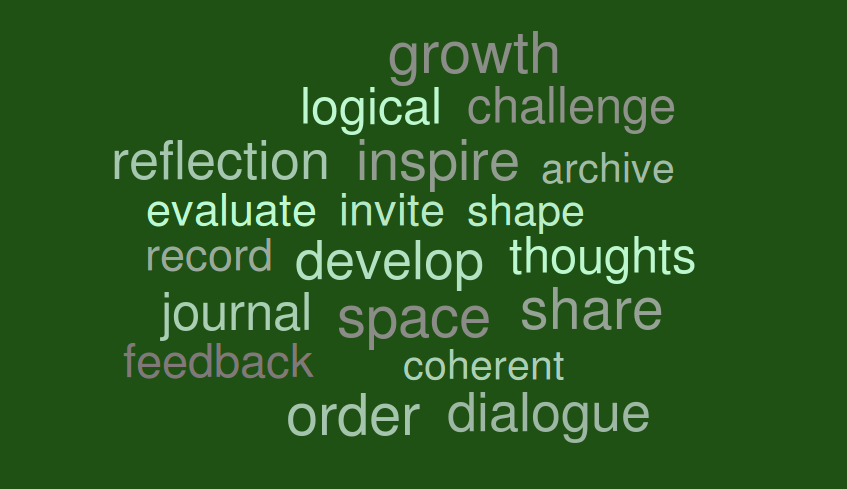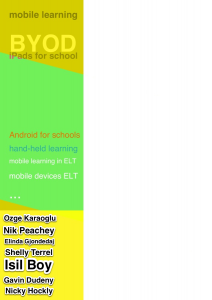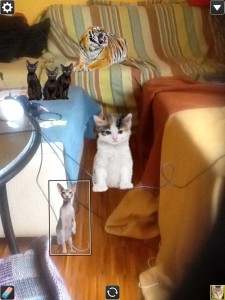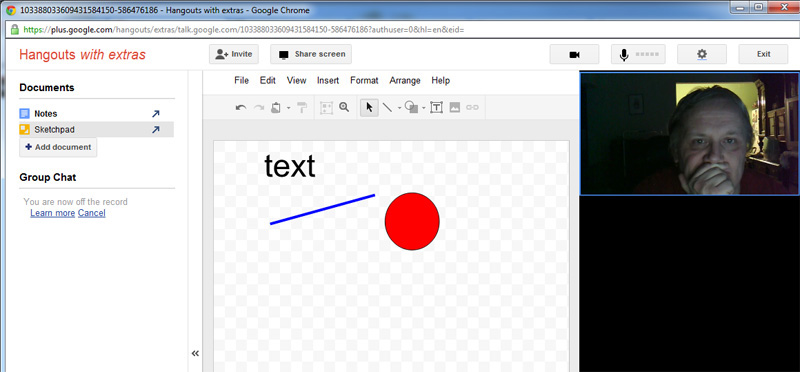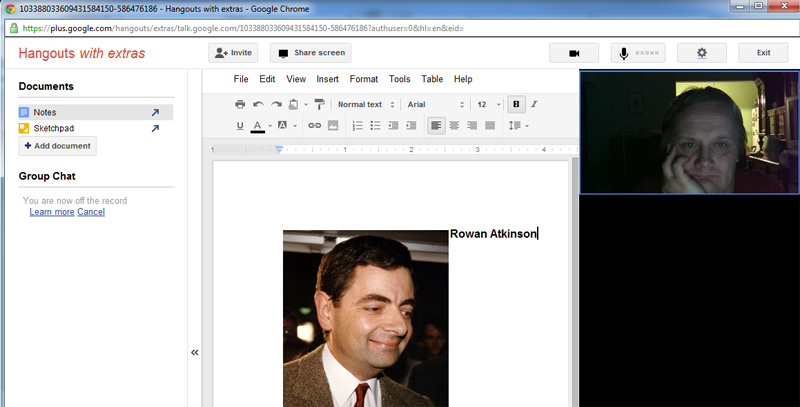The challenge is part of this year’s IATEFL-H SIG DAY, centred around two famous leaders: Abraham Lincoln and Margaret Thatcher.
The ICT programme will offer a range of web tools, applications, practices that can be used in relation to films. Now our featured movie is Lincoln (2012) .
What is the challenge?
All the resources mentioned above will be showcased in a Prezi, the zooming presentation tool.
Prezi allows collaboration, so we can build a huge goldmine of Lincoln resources together!
The three levels of the challenge are the following:
Level 1
Visit the page regularly during the time of the challenge, ending on 30th May. (It will be growing gradually.) Check out the resources, try them if you wish, give feedback. (Comment or email me barbyorama@gmail.com)
Level 2
Share your own finds, practices or ideas with us, send us content that you or your students create. (Text, video, voice, multimedia.) Email me all these.
Level 3
Edit that very Prezi. 10 people can work on it at the same time, you can access it with the help of the this invitation link which is valid for a week. Contact me for a new one if expired (barbyorama@gmail.com). Please make sure you do not delete someone else’s content 🙂
If you need any help with it or need tutorial, you will find support on prezi.com or contact me.
Any level is suitable for you, don’t hesitate, join us.
What’s good in it for you?
If you are a proficient user of Prezi, there’s nothing it can offer 🙂 (Beyond the sheer pleasure of collaboration with fellow teachers.)
If you have seen Prezi (never made you dizzy), but haven’t tried, this is a great opportunity.
Show it to your students and encourage them to use it, success is guaranteed, they will always bless your name and remember you as one of their best teachers, hahahaaaaa 🙂
Please join us, contact me if you are in.


